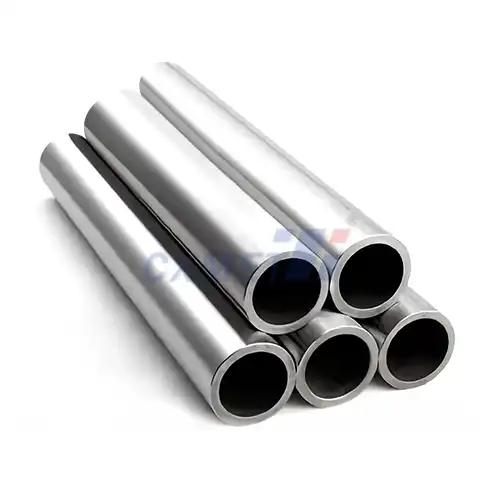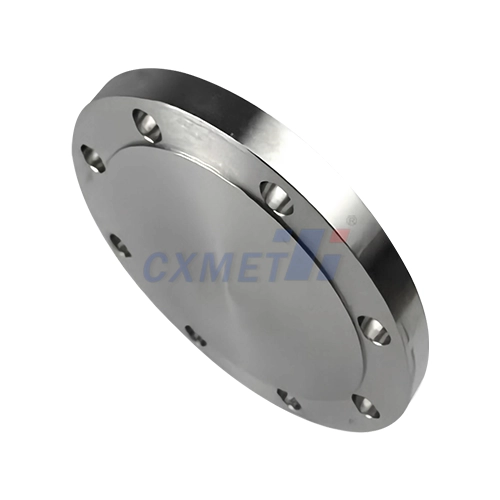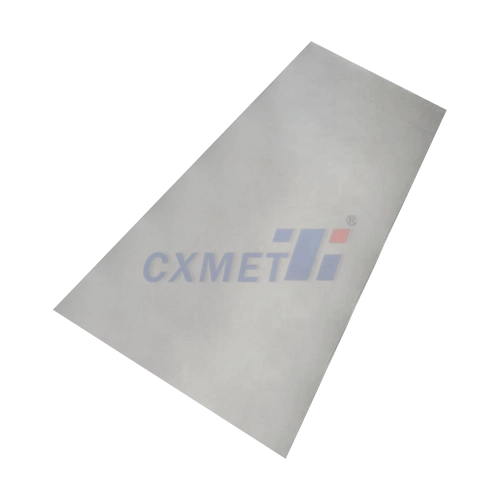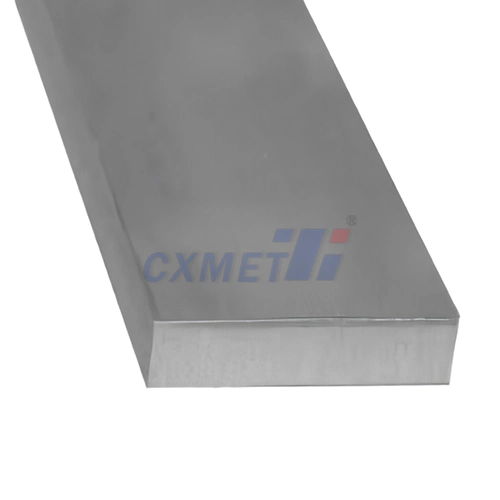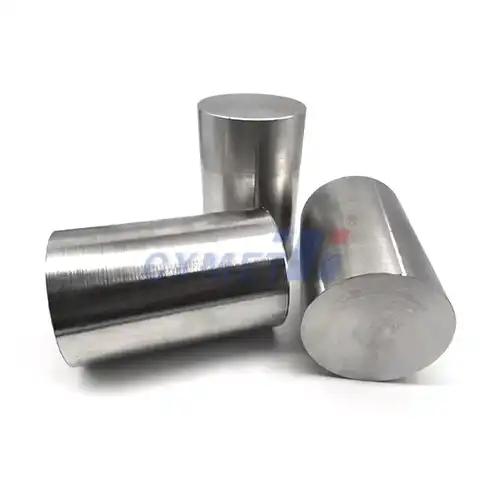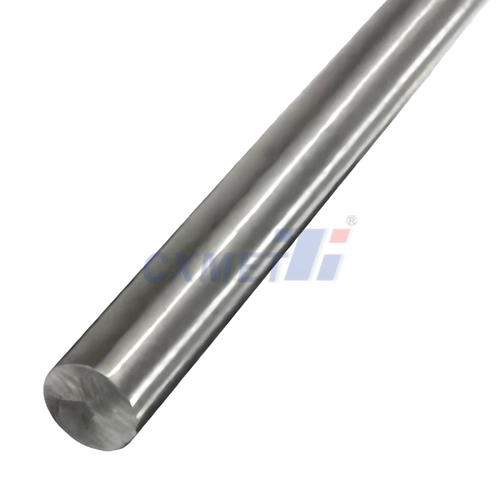- English
- French
- German
- Portuguese
- Spanish
- Russian
- Japanese
- Korean
- Arabic
- Greek
- German
- Turkish
- Italian
- Danish
- Romanian
- Indonesian
- Czech
- Afrikaans
- Swedish
- Polish
- Basque
- Catalan
- Esperanto
- Hindi
- Lao
- Albanian
- Amharic
- Armenian
- Azerbaijani
- Belarusian
- Bengali
- Bosnian
- Bulgarian
- Cebuano
- Chichewa
- Corsican
- Croatian
- Dutch
- Estonian
- Filipino
- Finnish
- Frisian
- Galician
- Georgian
- Gujarati
- Haitian
- Hausa
- Hawaiian
- Hebrew
- Hmong
- Hungarian
- Icelandic
- Igbo
- Javanese
- Kannada
- Kazakh
- Khmer
- Kurdish
- Kyrgyz
- Latin
- Latvian
- Lithuanian
- Luxembou..
- Macedonian
- Malagasy
- Malay
- Malayalam
- Maltese
- Maori
- Marathi
- Mongolian
- Burmese
- Nepali
- Norwegian
- Pashto
- Persian
- Punjabi
- Serbian
- Sesotho
- Sinhala
- Slovak
- Slovenian
- Somali
- Samoan
- Scots Gaelic
- Shona
- Sindhi
- Sundanese
- Swahili
- Tajik
- Tamil
- Telugu
- Thai
- Ukrainian
- Urdu
- Uzbek
- Vietnamese
- Welsh
- Xhosa
- Yiddish
- Yoruba
- Zulu
What are the Typical Applications for Titanium 0.8Ni-0.3Mo Grade 12 Sheet?
2024-07-19 16:39:40
Titanium 0.8Ni-0.3Mo Grade 12 sheet, also known as ASTM Grade 12 titanium, is a specialized alloy designed for superior corrosion resistance and strength. This material combines the excellent properties of titanium with small amounts of nickel and molybdenum, resulting in enhanced performance in various demanding environments. The typical applications for this grade of titanium sheet span across multiple industries, including chemical processing, marine engineering, and industrial manufacturing.
What are the key properties of Titanium Grade 12 that make it suitable for industrial use?
Titanium Grade 12 possesses a unique combination of properties that make it highly desirable for industrial applications. Its exceptional corrosion resistance is perhaps its most notable feature, particularly in oxidizing chloride environments and reducing chloride solutions. This resistance extends to various aggressive media, including organic and inorganic acids, alkalis, and salt solutions.
The addition of 0.8% nickel and 0.3% molybdenum to the titanium base enhances its strength and improves its resistance to crevice corrosion. Grade 12 titanium exhibits excellent resistance to pitting and stress corrosion cracking, making it suitable for use in environments where other materials might fail. Its low density, high strength-to-weight ratio, and good fatigue resistance further contribute to its appeal in industrial settings.
Moreover, Titanium Grade 12 maintains its mechanical properties over a wide temperature range, from cryogenic temperatures to moderately elevated temperatures. This thermal stability, combined with its low coefficient of thermal expansion, makes it an excellent choice for applications involving temperature fluctuations or thermal cycling.
The material's biocompatibility and non-toxic nature also open up possibilities for use in medical and food processing industries. Its ability to form a stable, protective oxide layer on its surface provides additional protection against corrosion and contributes to its long-term durability.
These properties collectively make Titanium Grade 12 sheet an ideal material for components and structures that require high performance in challenging environments, long service life, and minimal maintenance.
How does Titanium Grade 12 compare to other titanium alloys in terms of performance?
When comparing Titanium Grade 12 to other titanium alloys, it's essential to consider the specific requirements of each application. Grade 12 occupies a unique position in the spectrum of titanium alloys, offering a balance between the excellent corrosion resistance of commercially pure titanium and the higher strength of more highly alloyed grades.
Compared to commercially pure titanium grades (Grades 1-4), Titanium Grade 12 offers superior strength and improved corrosion resistance, particularly in reducing acid environments. This makes it a preferred choice in applications where pure titanium might be inadequate due to strength limitations or susceptibility to certain types of corrosion.
In contrast to higher-strength alpha-beta alloys like Ti-6Al-4V (Grade 5), Grade 12 may have lower overall strength but excels in corrosion resistance, especially in chloride-containing environments. It also tends to be more formable and weldable than these higher-strength alloys, making it easier to fabricate into complex shapes or structures.
Grade 12 titanium shares some similarities with other corrosion-resistant grades like Grade 7 (Ti-0.2Pd) and Grade 11 (Ti-0.2Pd). However, the addition of nickel and molybdenum in Grade 12 provides enhanced resistance to reducing acids and improved mechanical properties compared to these palladium-containing grades.
In terms of cost-effectiveness, Grade 12 often presents a more economical option compared to higher-alloyed titanium grades or exotic materials like zirconium or tantalum in corrosive applications. Its superior corrosion resistance can lead to longer service life and reduced maintenance costs, offsetting the initial higher material cost compared to some other metals.
It's worth noting that while Grade 12 offers excellent all-around performance, there may be specific scenarios where other titanium grades or materials are more suitable. For instance, in applications requiring maximum strength, alpha-beta or beta titanium alloys might be preferred. Similarly, for extreme temperature applications or where maximum purity is required, other grades or materials might be more appropriate.
The choice between Grade 12 and other titanium alloys often comes down to a careful analysis of the specific environmental conditions, mechanical requirements, fabrication needs, and economic considerations of each application. Engineers and materials specialists must weigh these factors to determine the most suitable material for their specific needs.
What are the challenges in manufacturing and fabricating Titanium Grade 12 sheet?
While Titanium Grade 12 offers numerous advantages in terms of performance, its manufacturing and fabrication present several challenges that need to be addressed to ensure the production of high-quality components.
One of the primary challenges in manufacturing Titanium Grade 12 sheet is the control of the alloy composition. The precise addition of nickel and molybdenum is crucial to achieve the desired properties. Even small variations in the alloy composition can significantly affect the material's performance, particularly its corrosion resistance. This requires stringent quality control measures throughout the melting and alloying processes.
The high reactivity of titanium at elevated temperatures poses another significant challenge during manufacturing. Titanium readily absorbs oxygen, nitrogen, and hydrogen when heated, which can lead to embrittlement and degradation of mechanical properties. To prevent this, all high-temperature processes, including melting, forging, and heat treatment, must be performed in vacuum or inert gas atmospheres. This requirement adds complexity and cost to the manufacturing process.
Forming Titanium Grade 12 sheet can also be challenging due to its high strength and relatively low ductility compared to many other metals. Cold forming operations may require frequent annealing steps to restore formability. Hot forming is often preferred but requires careful temperature control to avoid excessive oxidation or alpha case formation on the surface.
Machining Titanium Grade 12 presents its own set of challenges. The material's low thermal conductivity and high chemical reactivity with cutting tools can lead to rapid tool wear and poor surface finish if not properly managed. Specialized cutting tools, lower cutting speeds, and abundant cooling are typically required to achieve satisfactory results.
Welding Titanium Grade 12 requires meticulous preparation and execution. The material's high reactivity necessitates stringent shielding from atmospheric contamination during welding. Inert gas shielding must be maintained not only during welding but also while the material cools to prevent embrittlement. Post-weld heat treatment may be necessary to relieve residual stresses and ensure optimal performance of the welded joint.
Surface preparation and finishing of Titanium Grade 12 sheet also require special consideration. The material's natural oxide layer provides excellent corrosion resistance, but this layer can be damaged during fabrication processes. Proper cleaning, pickling, and passivation procedures are essential to restore and optimize the protective oxide layer.
Lastly, the handling and storage of Titanium Grade 12 sheet require care to prevent contamination or damage. Contact with other metals, particularly ferrous materials, should be avoided to prevent contamination that could compromise corrosion resistance.
Despite these challenges, advancements in manufacturing technologies and a growing understanding of titanium metallurgy have made it increasingly feasible to produce and fabricate Titanium Grade 12 sheet for various applications. Overcoming these challenges is key to fully leveraging the exceptional properties of this material in demanding industrial environments.
In conclusion, Titanium 0.8Ni-0.3Mo Grade 12 sheet is a versatile and high-performance material with a wide range of applications in corrosive and demanding environments. Its unique combination of properties, including excellent corrosion resistance, good strength, and formability, make it an attractive option for industries ranging from chemical processing to marine engineering. While it presents certain manufacturing and fabrication challenges, these can be overcome with proper techniques and precautions. As industries continue to seek materials capable of withstanding increasingly harsh conditions, Titanium Grade 12 is likely to remain a valuable option for engineers and designers.
At SHAANXI CXMET TECHNOLOGY CO., LTD, we take pride in our extensive product range, which caters to diverse customer needs. Our company is equipped with outstanding production and processing capabilities, ensuring the high quality and precision of our products. We are committed to innovation and continuously strive to develop new products, keeping us at the forefront of our industry. With leading technological development capabilities, we are able to adapt and evolve in a rapidly changing market. Furthermore, we offer customized solutions to meet the specific requirements of our clients. If you are interested in our products or wish to learn more about the intricate details of our offerings, please do not hesitate to contact us at sales@cxmet.com. Our team is always ready to assist you.
References:
1. ASTM International. (2021). ASTM B265 - Standard Specification for Titanium and Titanium Alloy Strip, Sheet, and Plate.
2. Lutjering, G., & Williams, J. C. (2007). Titanium (2nd ed.). Springer-Verlag Berlin Heidelberg.
3. Donachie, M. J. (2000). Titanium: A Technical Guide (2nd ed.). ASM International.
4. Boyer, R., Welsch, G., & Collings, E. W. (1994). Materials Properties Handbook: Titanium Alloys. ASM International.
5. Peters, M., Kumpfert, J., Ward, C. H., & Leyens, C. (2003). Titanium Alloys for Aerospace Applications. Advanced Engineering Materials, 5(6), 419-427.
6. Schutz, R. W., & Watkins, H. B. (1998). Recent developments in titanium alloy application in the energy industry. Materials Science and Engineering: A, 243(1-2), 305-315.
7. Titanium Information Group. (2022). Titanium Alloys - Physical Properties.
8. Kopeliovich, D. (2022). Titanium and Titanium Alloys. SubsTech (Substances & Technologies).
9. Inagaki, I., Takechi, T., Shirai, Y., & Ariyasu, N. (2014). Application and Features of Titanium for the Aerospace Industry. Nippon Steel & Sumitomo Metal Technical Report, 106, 22-27.
10. Yamada, M. (2010). An overview on the development of titanium alloys for non-aerospace application in Japan. Materials Science and Engineering: A, 213(1-2), 8-15.
